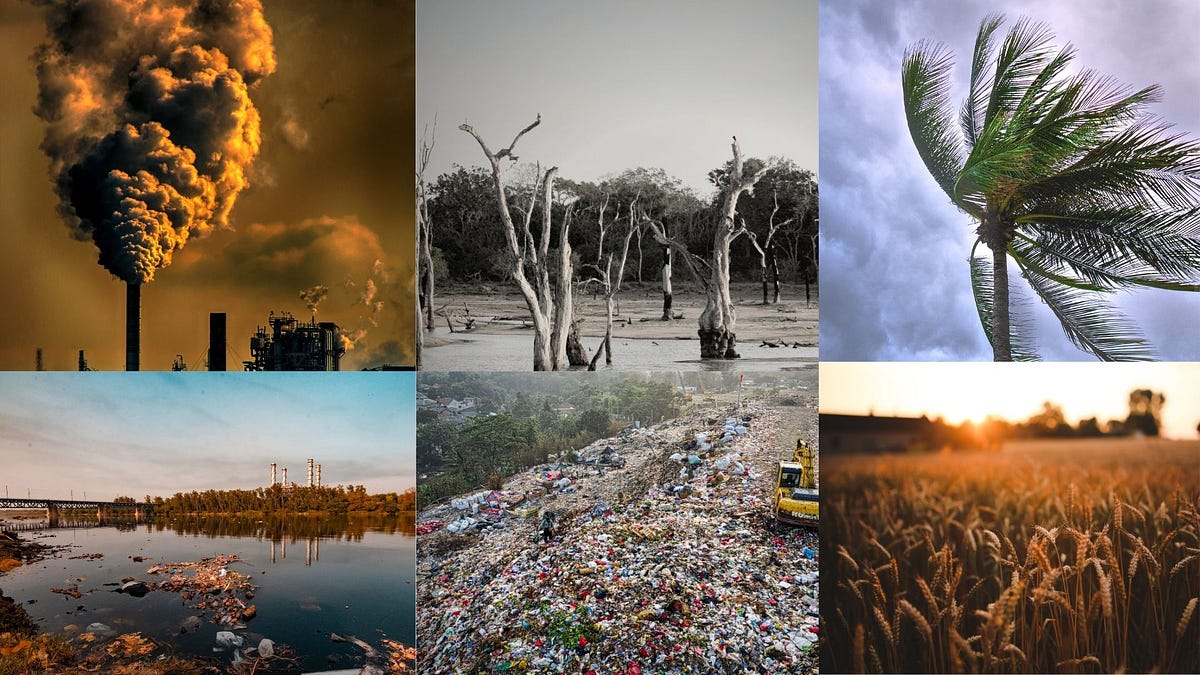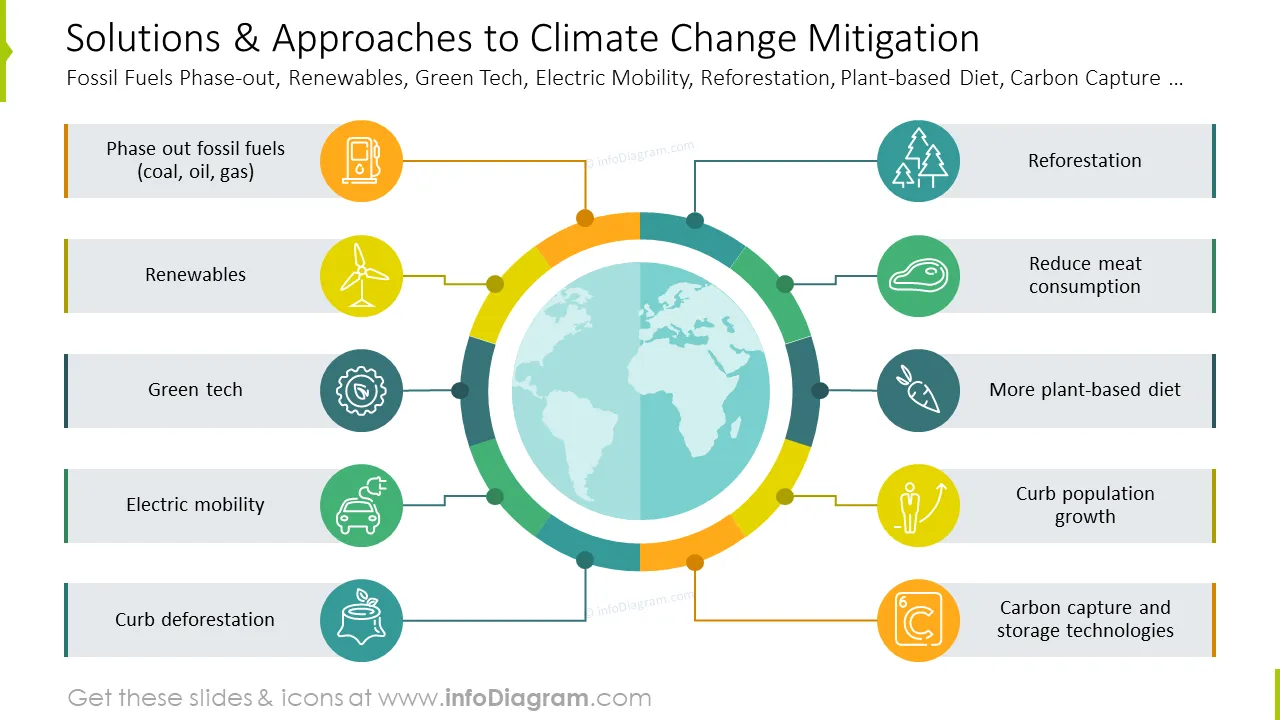Introduction
Climate change is one of the most pressing issues facing our world today. It refers to significant changes in global temperatures and weather patterns over time. While climate change is a natural phenomenon, scientific evidence shows that human activities, particularly the burning of fossil fuels, have accelerated its pace. The consequences of climate change are profound, impacting ecosystems, biodiversity, human health, and economies worldwide. This article explores the causes, effects, and potential solutions to this global challenge.
Causes of Climate Change

1. Greenhouse Gas Emissions: The primary driver of recent climate change is the increase in greenhouse gases (GHGs) such as carbon dioxide (CO₂), methane (CH₄), and nitrous oxide (N₂O) in the atmosphere. These gases trap heat, creating a ‘greenhouse effect’ that leads to global warming. Major sources of GHGs include:
- Burning of Fossil Fuels: Coal, oil, and natural gas combustion for energy and transportation.
- Deforestation: Trees absorb CO₂, so cutting them down reduces this natural carbon sink.
- Agriculture: Livestock production generates methane, and fertilizers release nitrous oxide.
- Industrial Processes: Various manufacturing activities emit GHGs.
2. Land Use Changes: Urbanization and agricultural expansion contribute to climate change by altering the natural landscape, affecting local climates and carbon storage capacities
Effects of Climate Change

- Rising Temperatures: Average global temperatures have risen significantly, leading to more frequent and severe heatwaves. This impacts ecosystems and human health, particularly in vulnerable regions.
- Melting Ice and Rising Sea Levels: Polar ice caps and glaciers are melting at an alarming rate, contributing to rising sea levels. This threatens coastal communities, erodes shorelines, and disrupts marine ecosystems.
- Extreme Weather Events: Climate change increases the frequency and intensity of extreme weather events, such as hurricanes, floods, droughts, and wildfires. These events cause widespread damage to infrastructure, displace populations, and strain resources.
- Impact on Biodiversity: Altered habitats and changing temperatures affect wildlife, leading to shifts in species distribution and increased risks of extinction for many plants and animals.
- Health Risks: Climate change exacerbates health issues, including heat-related illnesses, respiratory problems due to poor air quality, and the spread of vector-borne diseases like malaria and dengue fever.
Solutions to Climate Change

- Reducing Greenhouse Gas Emissions: Transitioning to renewable energy sources such as solar, wind, and hydroelectric power can significantly cut GHG emissions. Enhancing energy efficiency in buildings, transportation, and industry is also crucial.
- Protecting and Restoring Forests: Forest conservation and reforestation efforts help absorb CO₂ from the atmosphere. Sustainable land management practices in agriculture and urban planning can also reduce emissions.
- Promoting Sustainable Practices: Encouraging sustainable agriculture, waste management, and consumption patterns can mitigate environmental impact. Reducing meat consumption and food waste, for example, can lower methane emissions from livestock.
- Investing in Climate Resilience: Adaptation measures, such as building flood defenses, improving water management, and developing heat-resistant crops, can help communities cope with the effects of climate change.
- International Cooperation: Addressing climate change requires global collaboration. International agreements, such as the Paris Agreement, aim to unite countries in reducing GHG emissions and supporting climate adaptation efforts.
Conclusion
Climate change poses a significant threat to our environment, economies, and societies. Immediate and sustained action is necessary to mitigate its impacts and protect the planet for future generations. By reducing greenhouse gas emissions, protecting natural habitats, and promoting sustainable practices, we can combat climate change and ensure a healthier, more resilient world.




